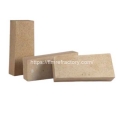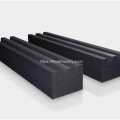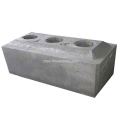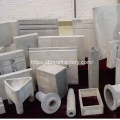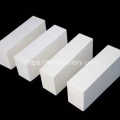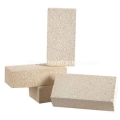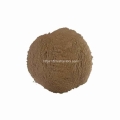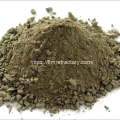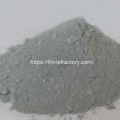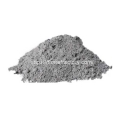- Performance. Innovation. Worldwide. Your trustworthy Refractories Manufacturing Partner--Fireramo
- +86 175 3769 7777
Contact
Contact us on WhatsApp
High Quality Refractory Bricks
Insulation Bricks for Sale
Monolithic Refractory
Damage mechanism of the working layer of ladle refractory lining
As a key equipment for carrying and transferring high temperature liquid steel, the integrity of the refractory lining of the ladle is essential to ensure the continuity and safety of steel production. However, the working layer of the ladle refractory lining is often exposed to a variety of damage risks during the steelmaking process. In this paper, the mechanism of these damages will be discussed in depth, in order to provide a theoretical basis for the design and optimization of refractory materials.
Thermal stress damage
Ladle refractory lining in the rapid temperature changes in the huge thermal stress. When the ladle is injected with high temperature steel, the surface temperature of the lining rises rapidly, while the internal temperature is relatively low, resulting in a temperature gradient in the lining. The thermal stresses caused by this temperature gradient may lead to cracking, spalling or even chipping of the refractory material. In addition, the ladle in the continuous use of the process, frequent heating and cooling cycles will also exacerbate the thermal stress damage.
Chemical erosion damage
Steel and slag contain a variety of chemical components, such as iron, carbon, silicon, manganese, phosphorus and so on. These components at high temperatures and refractory materials under the chemical reaction, resulting in structural damage and performance degradation of refractory materials. For example, carbon and silicon can penetrate into the pores of the refractory material and react with the oxides in the material to generate low melting point compounds, thus reducing the refractoriness of the material. At the same time, the alkaline oxides in the slag may also react with the acidic oxides in the refractory material, resulting in material damage.
Mechanical Scour Damage
In the steelmaking process, steel and slag on the refractory lining to produce a strong mechanical scouring effect. This scouring effect can strip the refractory surface particles, making it gradually thin. At the same time, scouring may also lead to cracks and pores within the refractory, further aggravating material damage. In addition, the vibration and impact generated during the transportation and dumping of the ladle may also cause mechanical damage to the refractory lining.
Combined damage
In fact, ladle refractory lining damage is often not caused by a single factor, but a variety of factors together. For example, thermal stress and chemical erosion can promote each other, resulting in serious damage to the refractory material in a relatively short period of time. At the same time, mechanical scouring may also exacerbate the effects of thermal stress and chemical erosion, so that the refractory destruction speed up.
In order to extend the service life of ladle refractory lining, it is necessary to take corresponding measures for the above damage mechanism. For example, optimize the formula and manufacturing process of the refractory material to improve its thermal shock resistance and chemical erosion resistance; improve the structure and operation of the ladle to reduce the impact of mechanical scouring and thermal stress; and strengthen the maintenance and repair of the ladle refractory lining to find and deal with the damage problem in time. Through the implementation of these measures, the service life and safety of ladle refractory lining can be effectively improved to provide a strong guarantee for the smooth progress of steelmaking production.
Specializing in refractory materials for over 20 years, we provide professional refractory solutions for the global high temperature industry.
Related Posts:
- Causes and solutions to cracking of castables after baking
- Enhancing the Medium Temperature Strength of Refractory Castables
- Ways to ensure the accuracy of refractory brick acceptance results
- Acceptance inspection after cement kiln construction
- Three Common Ways of Damage to the Sliding Nozzle for Ladles
Theme By Fireramo
